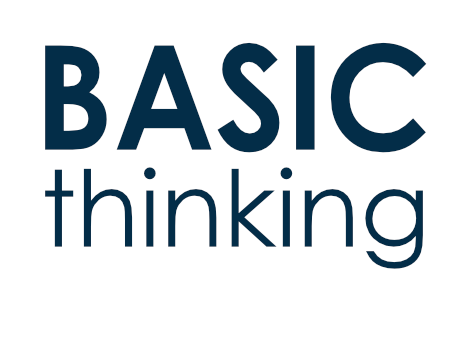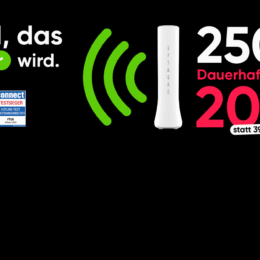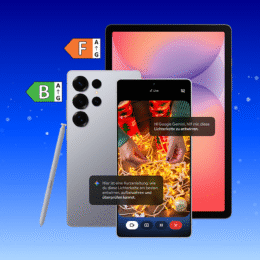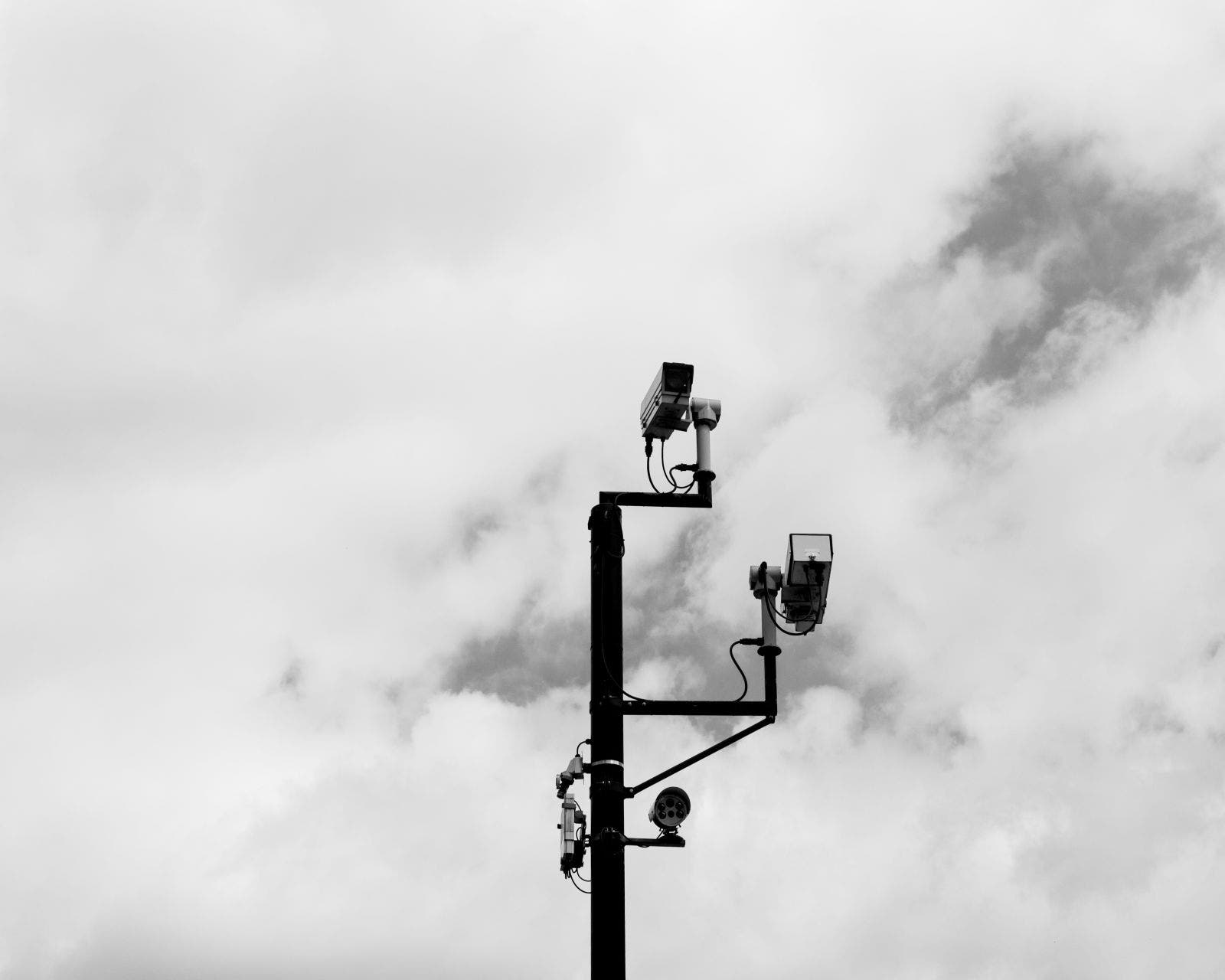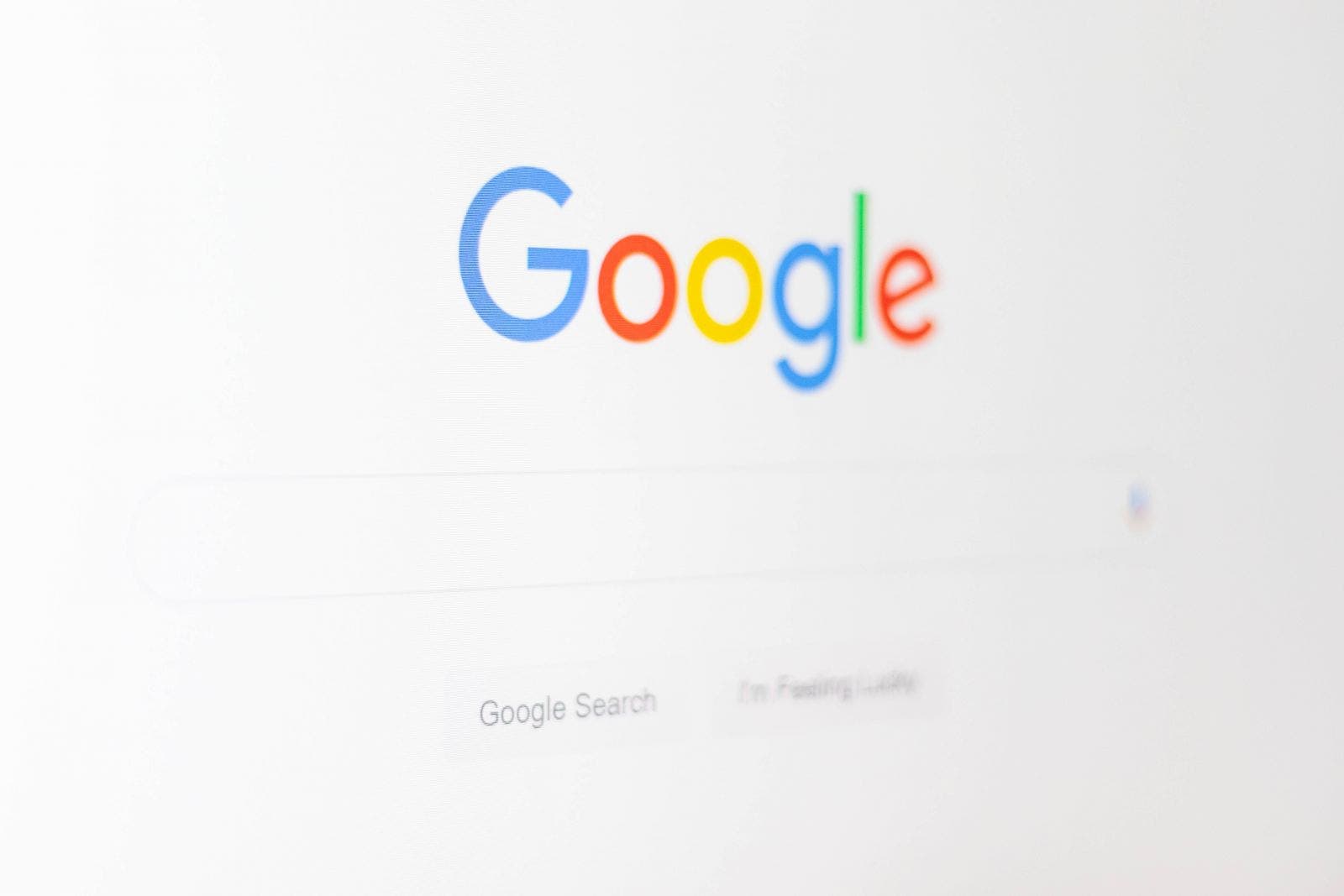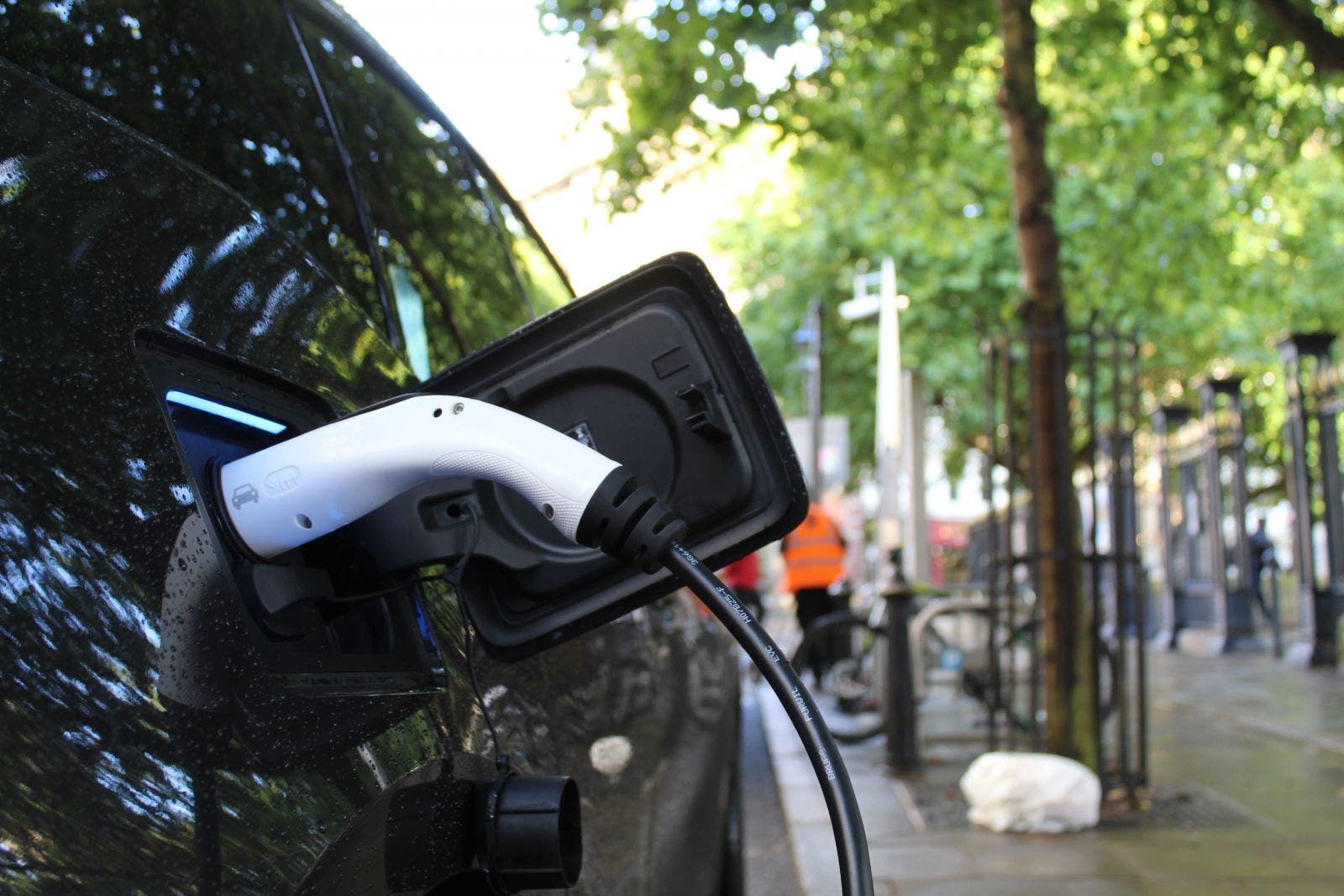Die wohl nicht so überraschende Erkenntnis, dass Surfer die Webnavigation gepflegt zu ignorieren wissen, die Webseiten in den Top/Side/Breadcrumb Navigationsbereichen dem User gegenüber anbieten, um sich auf der Seite durchzuklicken. Navigation Blindness von Guuui::
Both Jakob Nielsen and Mark Hurst question the value of the navigation schemes that have become standard on the web. Top menus, left menus and breadcrumbs that are placed throughout the website are at best ignored – at worst distracting. Others, such as Kristoffer Bohman, conclude that pervasive navigation should die since it’s rarely needed, hard to interpret and take up valuable space.
Wenn nicht die klassische Navigation, was soll man stattdessen wählen:
So how can we facilitate click-link-or-hit-back-button navigation? According to Jared Spool from UIE, trigger words is what makes users able to continue towards their target. Trigger words are the words and phrases that make people click on links. They contain the essential elements that provide the motivation to proceed to the next page. Jared Spool has formulated what he calls the Move-Forward-Until-Found Rule:
„…a web page can do only one of two things: either it contains the content the user wants or it contains the links to get them to the content they want. If a page doesn’t follow this rule, then the users stop clicking…“ (from the article The Right Trigger Words)
Ok, wenn der User also sein Informationsziel erreicht hat, kann man ihn dann auf weitere Dinge aufmerksam machen und wie?
As Jakob Nielsen and Mark Hurst, UIE have experienced that users come to a site on a mission and will not stray of the path of their original quest before this mission is fulfilled. But once they have found the information they are most interested in, they seem more willing to shift their attention… Since users are not willing to be seduced before they have accomplished what they came for, persuasive navigation should be placed at locations where we can expect that users have come to the end of their current mission. A good placement is often towards the end of a page. If users have come this far, they have shown such an interest in the content that it’s likely they have fulfilled their mission and will allow their attention to be diverted.
via Dr. Web
